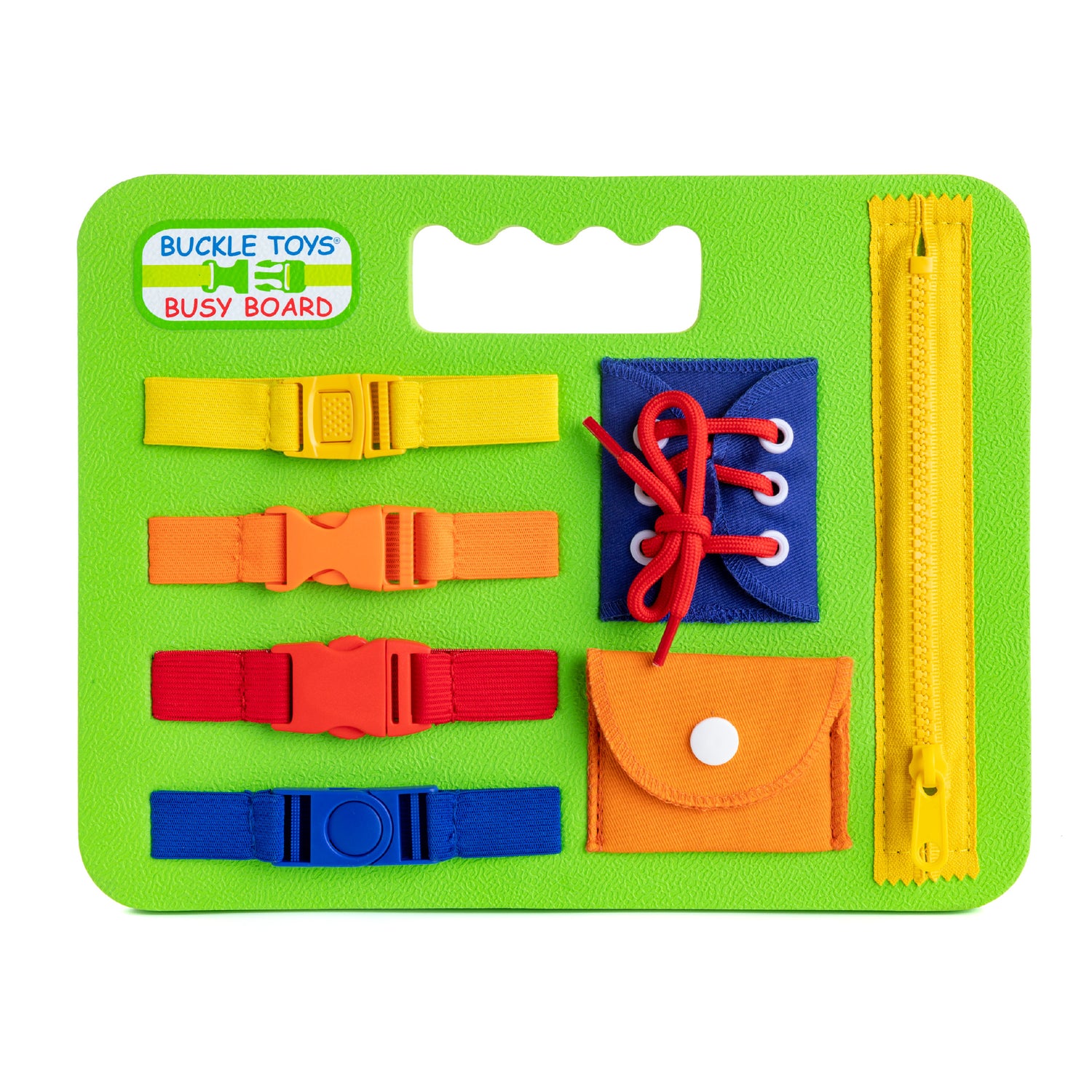The Five Senses and the Brain
What is Sensory Play and What Benefits Can It Provide?
Playtime activities that stimulate children’s senses are known as sensory play. Most common types of sensory play are focused on hearing, seeing, and touch, but with a little imagination, any sense can be stimulated.
Sensory Play’s Importance to Fine Motor Skills
Sensory play is also important for fine motor skills development. Many of the activities associated with sensory play involve exploring things through pinching, pouring, and lacing movements. These activities stimulate and coordinate the same small muscle groups required for strengthening fine motor skills. As children grow older, these same muscle groups become important for developing key life skills such as buttoning, shoe-tying, and writing.
As you can see, sensory play is one of the most important building blocks in any young child’s life. Encouraging them to use their Five Senses while playing fosters opportunities for them to experience, to think, to adapt, and to achieve. This will make the world around them more fascinating to them as they grow older.

